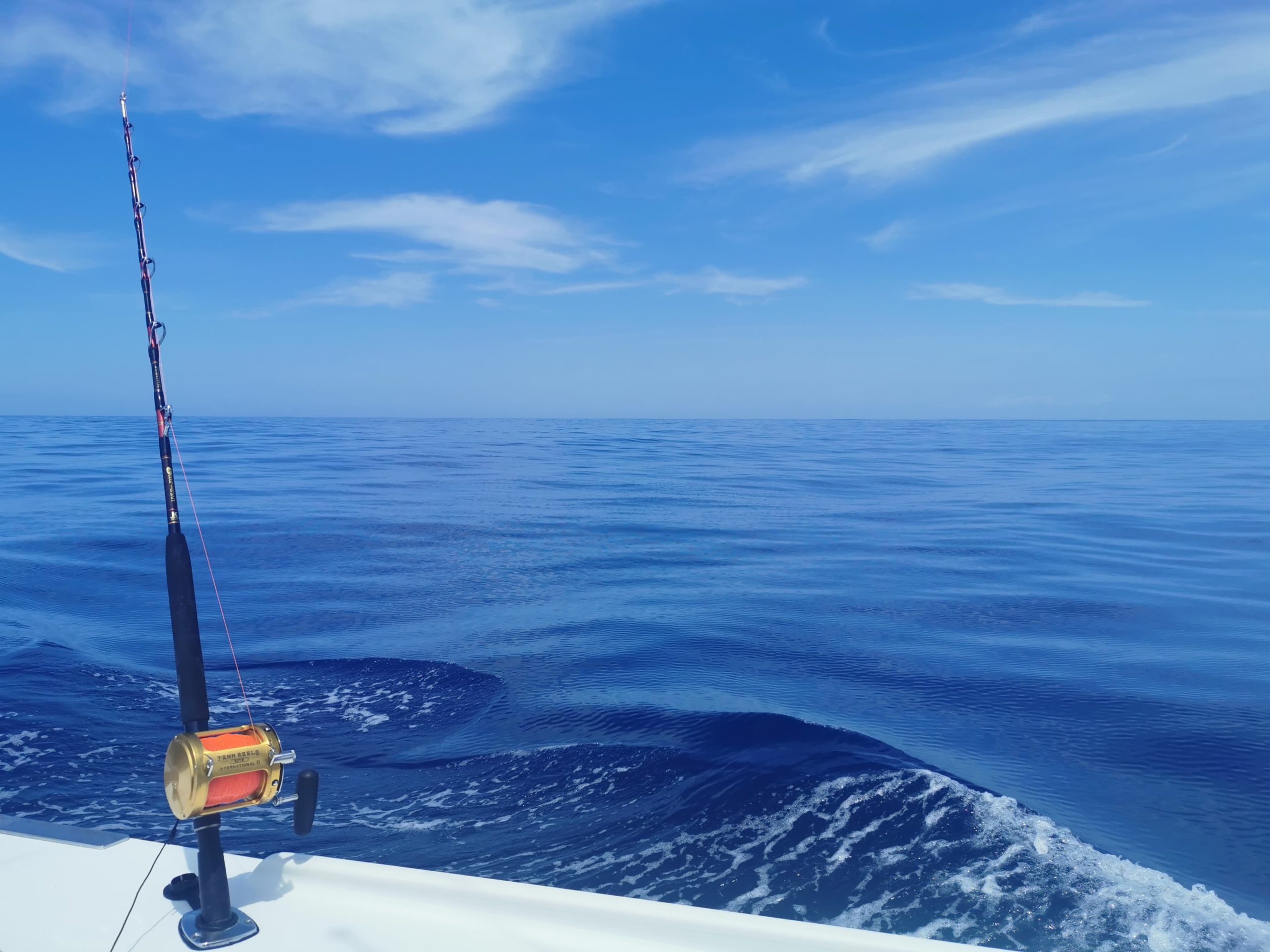New Zealand uses different biomass levels to measure stock status when carrying out a fish stock assessment. Two biomass levels are used, the spawning stock biomass, and the initial biomass (B0).The spawning stock biomass and the initial biomass are compared as a percentage to indicate overall fish stock status.
The spawning stock biomass is the total quantity of mature fish able to breed, under the assumption that all of the spawning stock is equally productive in terms of recruitment (Froese et al, 2010).
‘Initial’ biomass is an estimate of a fish population before industrial fishing began, or the population size it would eventually return to if fishing stopped (NIWA).
A fisheries stock assessment involves using a variety of statistical and mathematical calculations to make predictions around reactions of fish populations to chosen or different management choices (Hilborn & Walters, 1992).
Stock status can be defined as collapsed, overfished, approaching overfished, rebuilding and under-exploited stocks.
Using biomass levels to measure fish stocks can establish whether a stock is in an overfished condition or if there is more fish available to be caught. Management changes can be applied to alter biomass levels depending on the outcome of the stock assessment.
If you want to know more about what biomass is, click here.


